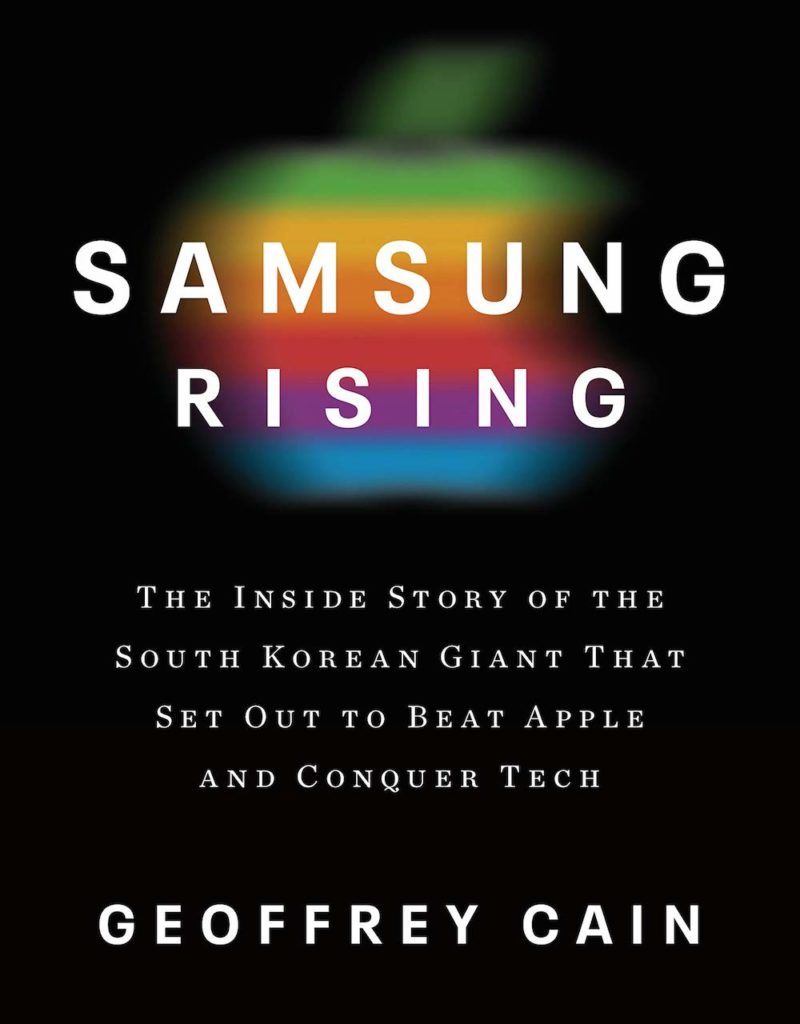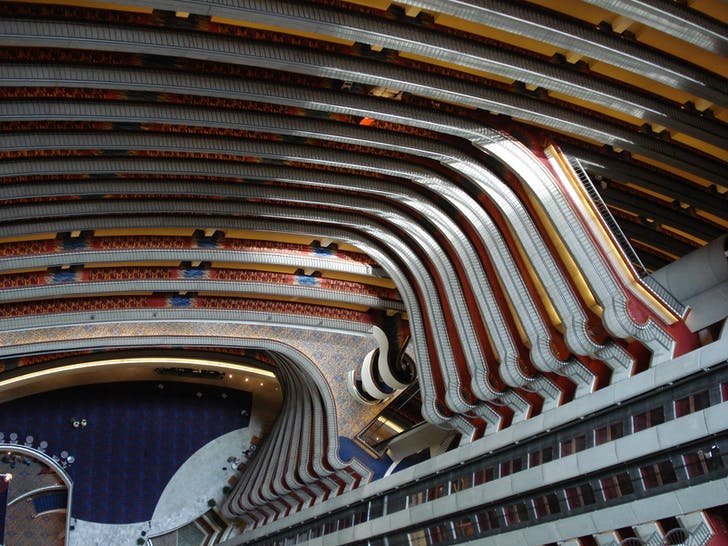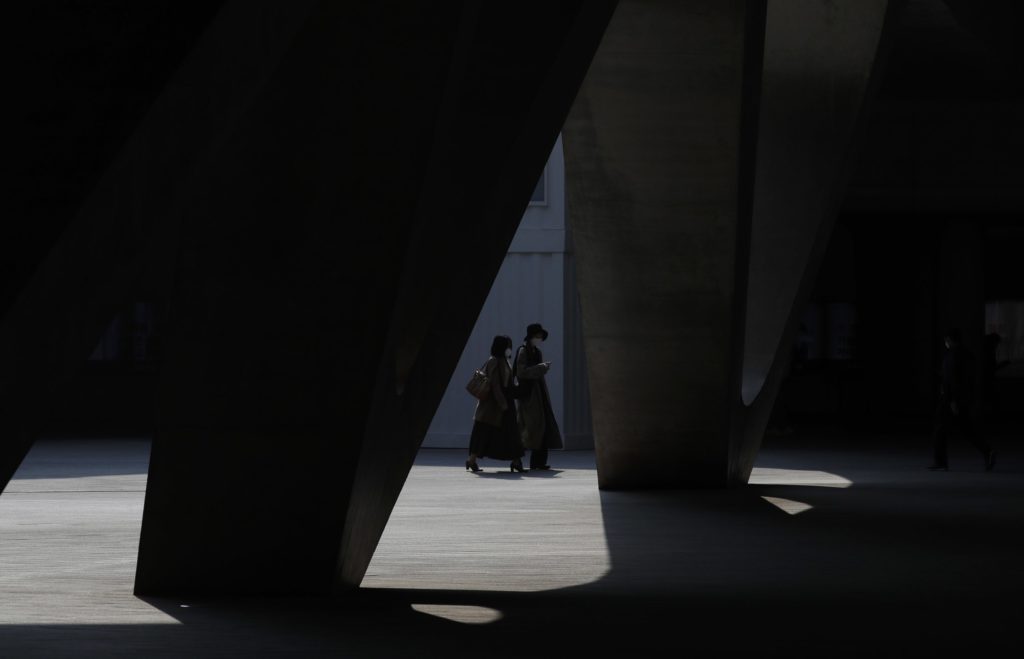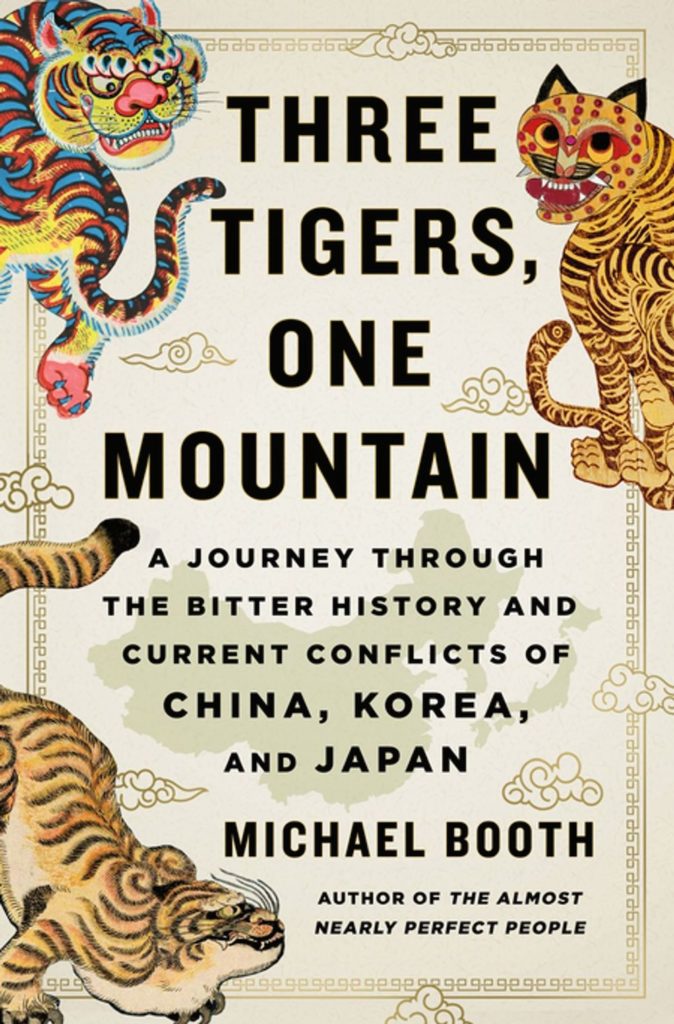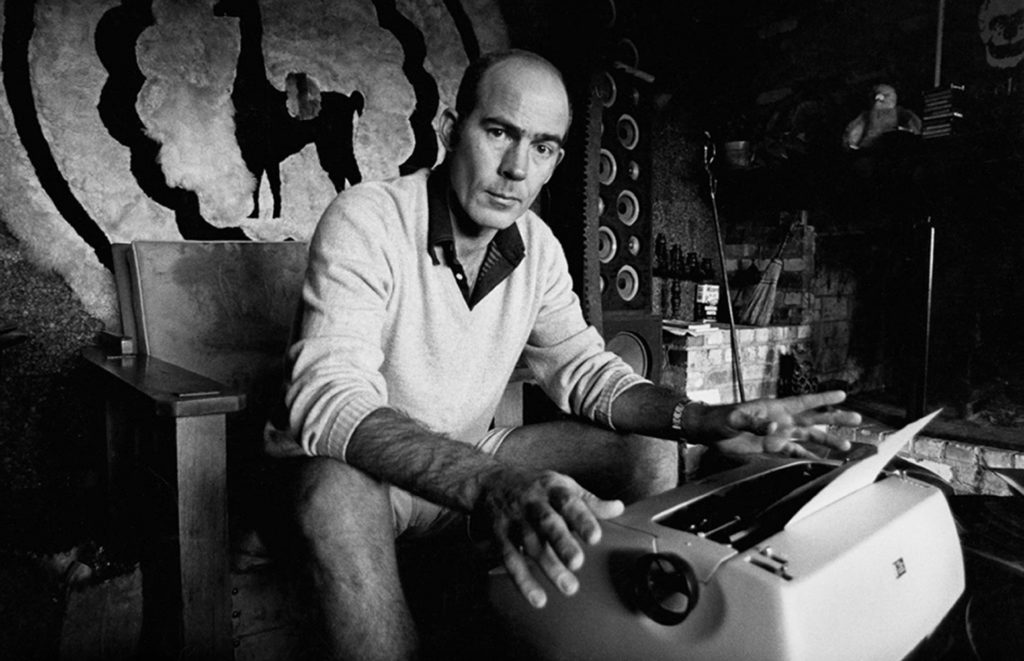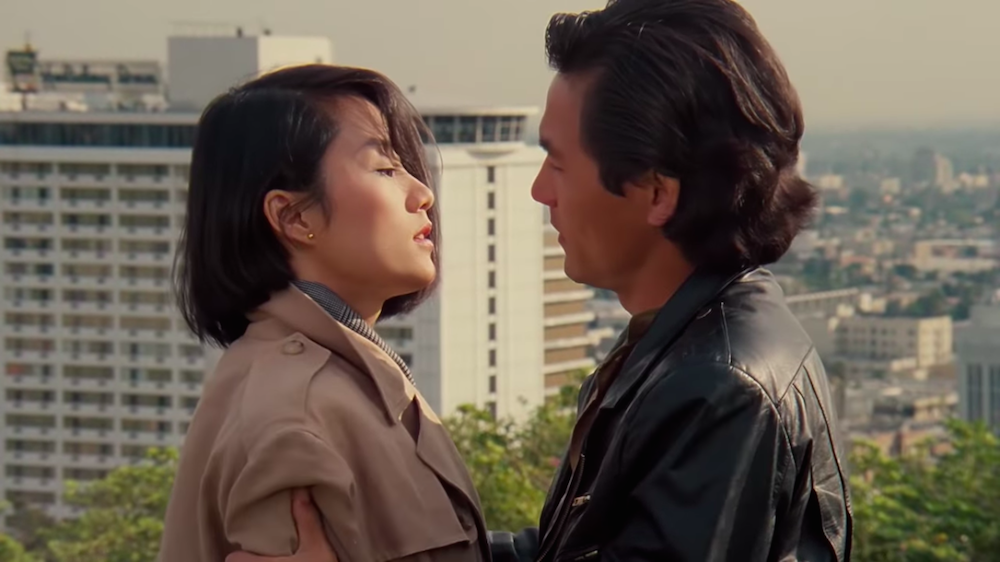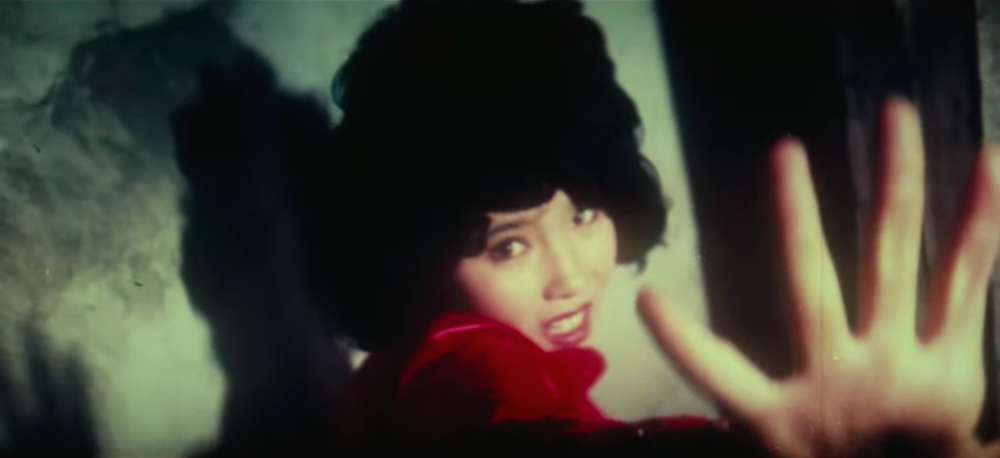
Watch enough Korean movies from the late 1950s through the 80s, and you start to notice what looks like an obsession with prostitution. Pictures from the end of that period — 1988’s Prostitution (매춘), for instance, which has spawned at least five sequels — tend to make it obvious. Earlier ones deal explicitly with prostitution as a theme less often than they tell stories naturally involving prostitutes. In many cases their characters come from the ranks of the so-called “Western princesses,” the working girls of the Korean War’s aftermath whose clientele consisted exclusively of American servicemen. With their uncertain American-style names and American-style dress, they project a combination of abjectness and shrewdness — a distinct shame accompanied by a slightly higher-than-average level of material comfort — in which Korean filmmakers once found a useful symbol of their country and its relationship to the United States.
As the movies show it, South Korea changed dramatically in each of the five or six decades following the war, and most of these transformative eras produced their own kind of cinematic prostitute. In the mid-1970s, when the time of the Western princess had passed, the best-known such figure was the title character of Yeong-ja’s Heydays (영자의 전성시대), who doesn’t enter the film in the profession. Or rather, she does — and in the middle of getting arrested in a raid at that — but within minutes we see her as she was before the fall, a nearly unrecognizable young maid fresh from the countryside working at the house of a factory owner. Shyly she greets a worker named Chang-soo, come to make a delivery to his boss; smitten, he resolves that night to make Yeong-ja his. But the wedding will have to wait, given his fast upcoming three-year tour of duty in the Vietnam War.
Service in Vietnam, as more recently depicted in Yoon Je-kyoon’s hit Ode to My Father (국제시장), wasn’t an unappealing option for able-bodied Korean men looking to earn US dollars. For that film’s everyman protagonist, the war is one stop on the semi-sentimental journey through South Korean history that eventually reunites him with his beloved, a Korean nurse he first meets in his time as a coal miner in Germany. For Chang-soo, it’s a prelude to another, more painful and ill-fated struggle: his campaign to win back the heart of Yeong-ja, who in the intervening three years has turned into the foul-mouthed, lip-licking lady of the night incarcerated at the beginning of the film. She’s also minus an arm, the result of a crash during her brief stint as as a bus conductor, one of her attempts to make a living after the factory owner’s wastrel son forces himself on her. (His mother, despite having harshly dressed him down for previous behavior, blames Yeong-ja and fires her on the spot.)
Read the whole thing at the Los Angeles Review of Books.
